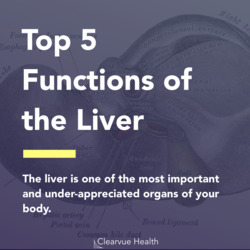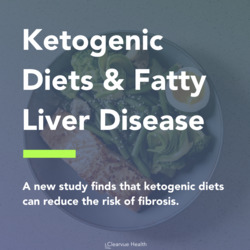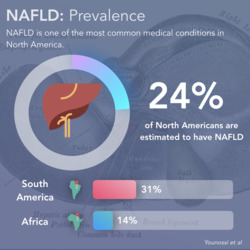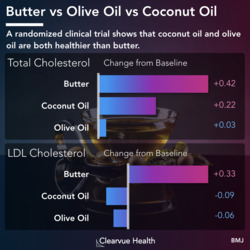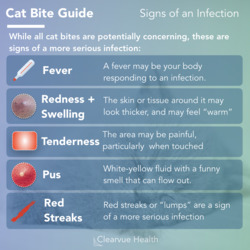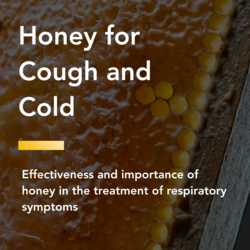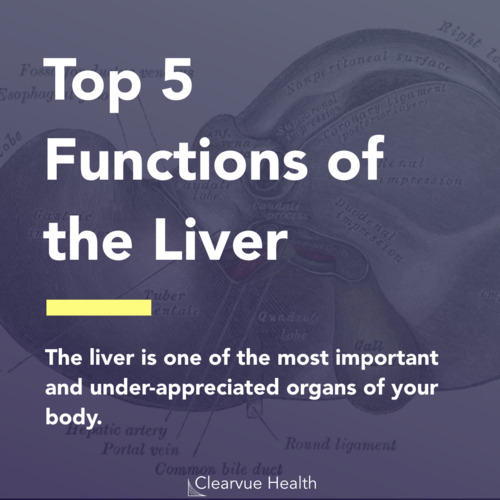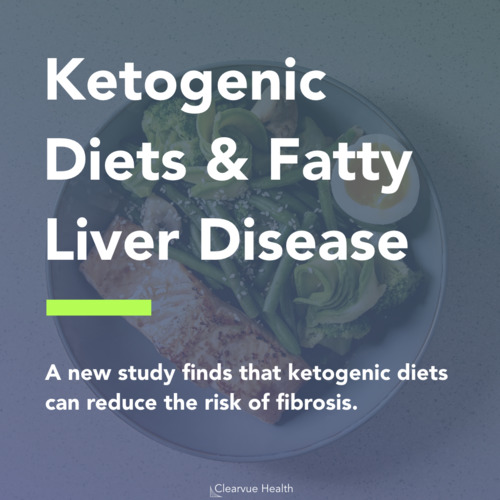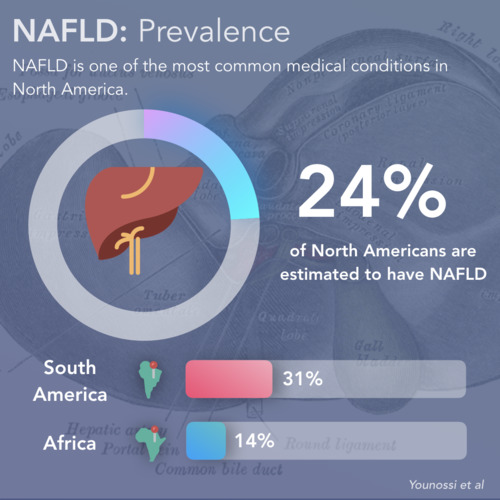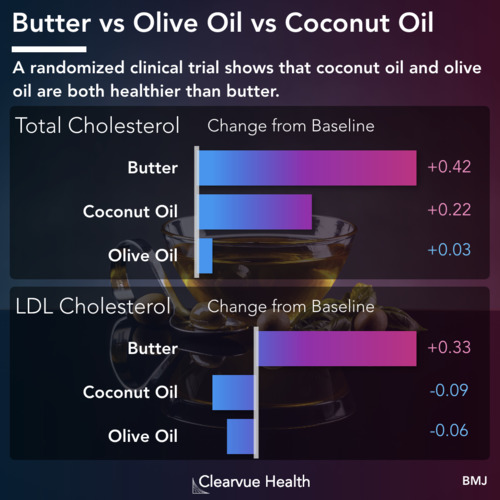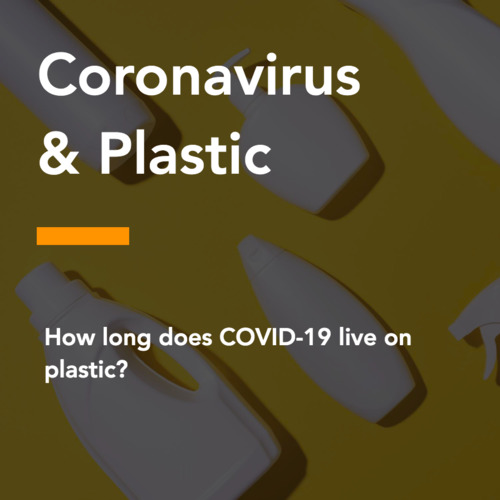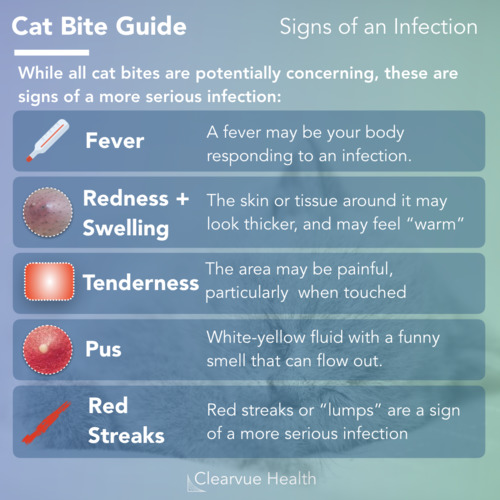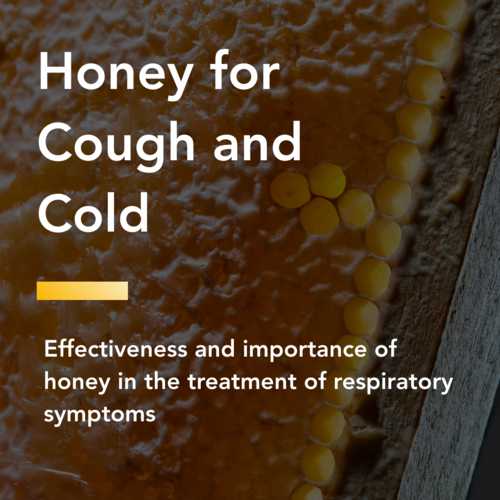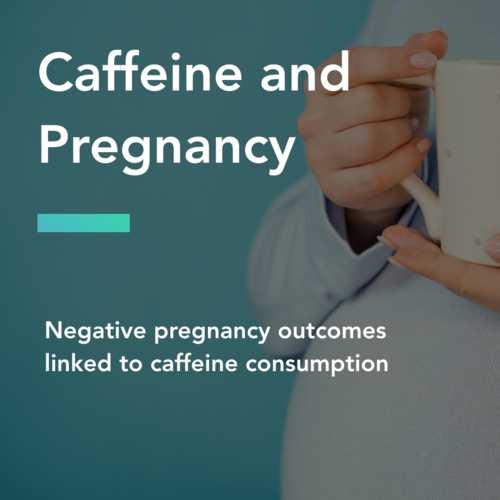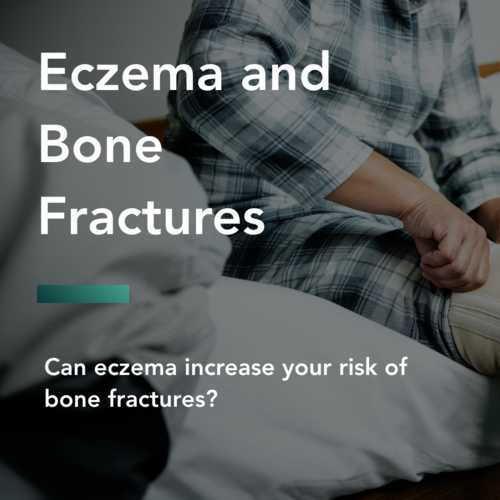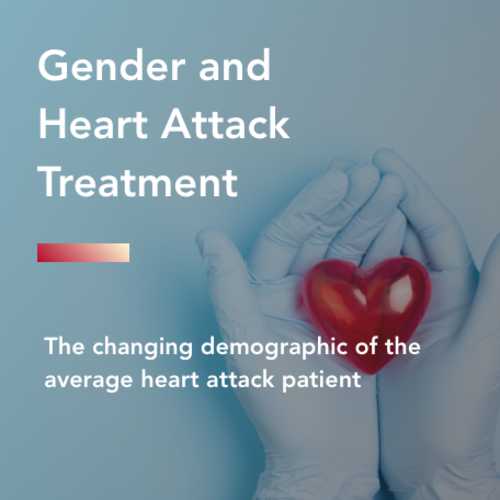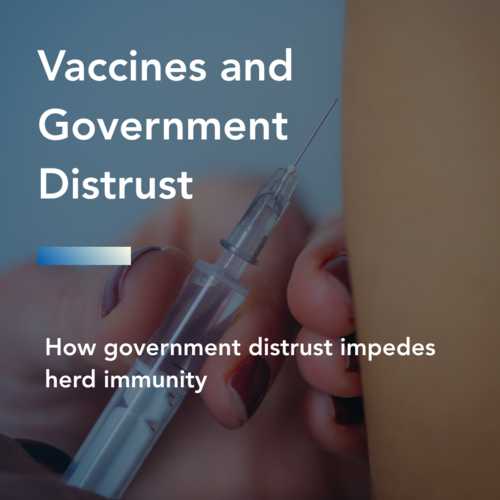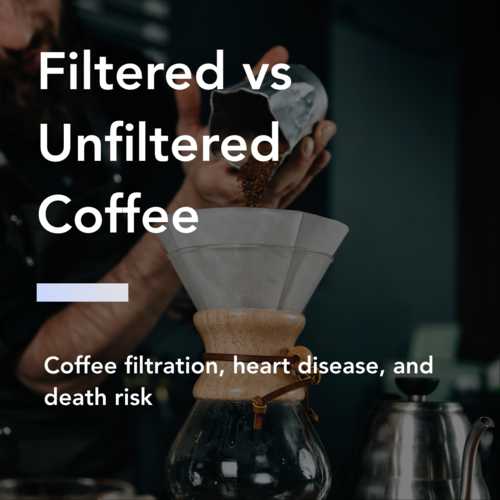What is Liver Fibrosis?

Figure 1: What is Liver Fibrosis. Liver fibrosis refers to the development of scar tissue within the liver. The slide above shows two images taken from liver samples. They show how normal livers and fibrosis livers look underneath the microscope. The normal liver, above, is mostly hepatocytes, which produce bile, cholesterol, and other products. They also help remove and detoxify waste from the bloodstream. The liver with fibrosis shows the presence of scar tissue, highlighed in blue, in between hepatocypes. The liver develops scar tissue during the later stages of liver disease, which reduces liver function.
Liver fibrosis refers to the development of scar tissue in the liver. In fatty liver disease, patients first start with a build up of fat within the liver. Over time, this fat causes inflammation and damages the liver cells. With this damage, the liver begins to grow scar tissue, not unlike our skin when we get a cut.
As shown in the figure above, this scar tissue begins to form where normal liver cells should be. Over time, this can be very damaging to the liver.
The significance of Liver Fibrosis in NASH

Figure 2: The significance of Liver Fibrosis in NASH. The risk of mortality in NAFLD depends highly on whether a patient has fibrosis. For patients with fibrosis, the level of fibrosis plays a significant role. Patients with the highest level of fibrosis had nearly all passed away by the end of the 10 year study period, while 80% of patients with low fibrosis had survived.
The odds that a patient will live without needing a transplant in NASH depend highly on how much fibrosis is present. NASH patients without much fibrosis have a very high chance of surviving long term without needing a liver transplant.
Meanwhile, most patients with higher fibrosis levels and early signs of cirrhosis, the last stage of fibrosis, have significantly lower odds of survival.
Liver Fibrosis and Cancer in NASH

Figure 3: Liver Fibrosis and Cancer in NASH. Liver fibrosis is a significant risk factor for NASH. All NASH patients show an elevated risk of hepatocellular carcinoma, a type of liver cancer. However, the risk is much higher in patients with liver fibrosis. Nearly 40% of patients with moderate fibrosis and some signs of cirrhosis will develop hepatocellular carcinoma if they do not receive a liver transplant, according to one study of 458 NASH patients.
Liver fibrosis isn't only damaging to liver function, it is also associated with a high risk of liver cancer. As shown in the chart above, nearly 40% of those with significant fibrosis and some signs of cirrhosis will develop hepatocellular carcinoma, a type of liver cancer, if they do not receive a transplant.
Of note, we do not know whether fibrosis is causing the cancer or whether it is just an indicator of liver damage. At this point, the research only tells us that it has a strong correlation.

As a result of the significance of liver fibrosis, doctors classify liver disease by how much scar tissue is present within the liver.
At the final stages of liver fibrosis, patients reach what doctors call cirrhosis.
The Symptoms of Cirrhosis

Figure 4. The Symptoms of Cirrhosis. Cirrhosis is a condition where the liver becomes scarred over and dysfunctional. Because the liver is involved so many essential functions of life, cirrhosis has wide ranging symptoms around the body. Cirrhosis can cause fatigue, loss of appetite, brusing, jaundice, bloating, and swelling among other symptoms.
As you can see above, NASH fibrosis becomes a very significant issue once patients reach the cirrhosis stage, the end stage of liver fibrosis.
In this stage, the liver stops functioning and causes significant side effects across the entire body. You can read more about NASH cirrhosis and the dangers of NASH here.
Can you reverse liver fibrosis?

Figure 5. Can you reverse liver fibrosis?. A small prospective cohort study showed that weight loss was associated with a significantly higher rate of NASH resolution. Among the 19 patients who had lost more than 10% of their body weight over the 4.6 years of the study, 12 patients had achieved fibrosis regression, where their fibrosis begins to go away. Among the 22 patients who did not reach this level of weight loss, only 2 achieved fibrosis regression. This was highly significant with an adjusted OR of 8.14 and a p-value of less than 0.001.
Fortunately, there is some research showing that liver fibrosis may be reversible in the early stages with just weight loss.
While there is currently no FDA approved treatment for NASH, significant weight loss has been shown to be effective in reversing NASH fibrosis. You can read more on NASH reversal here.
More Info on NASH
NASH
Non-Alcoholic Steatohepatitis
NASH is a condition caused by the presence of fat in the liver. It is a subset of non-alcoholic fatty liver disease. Over time, the fat in the liver can lead to liver inflammation, the end stage of which we call NASH.






